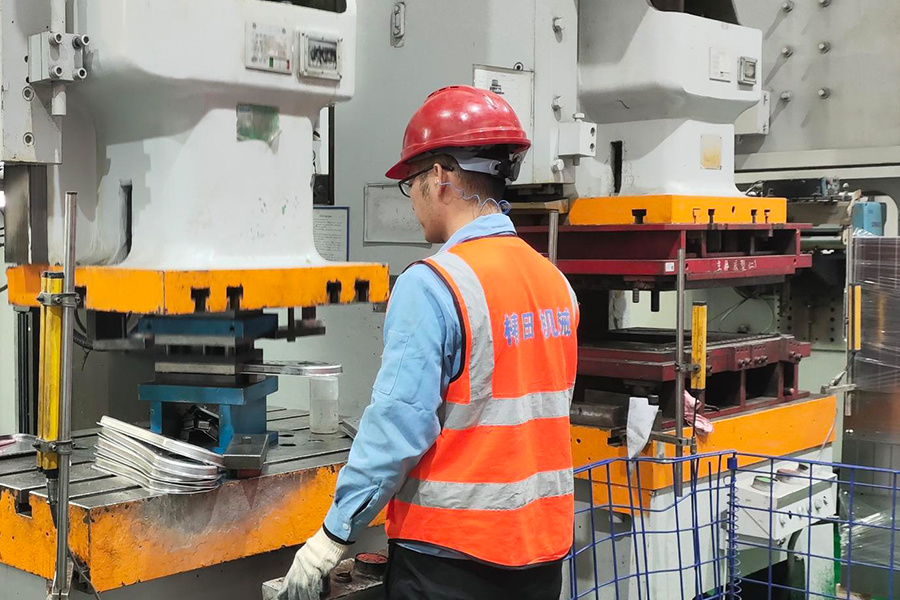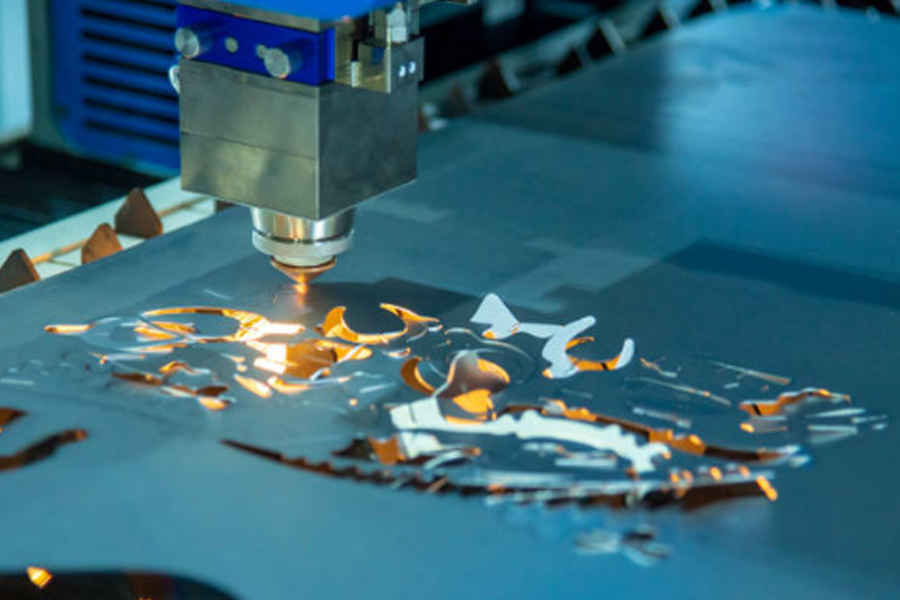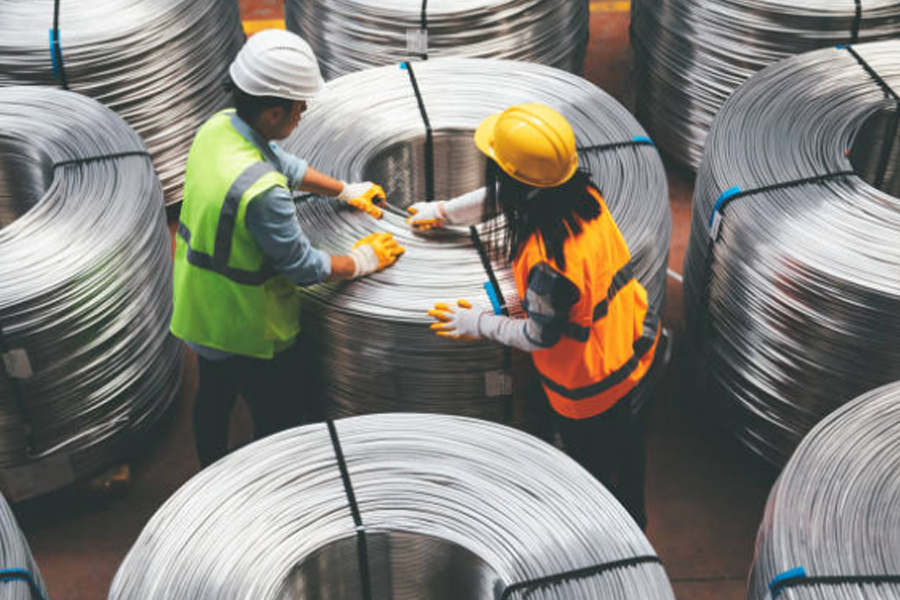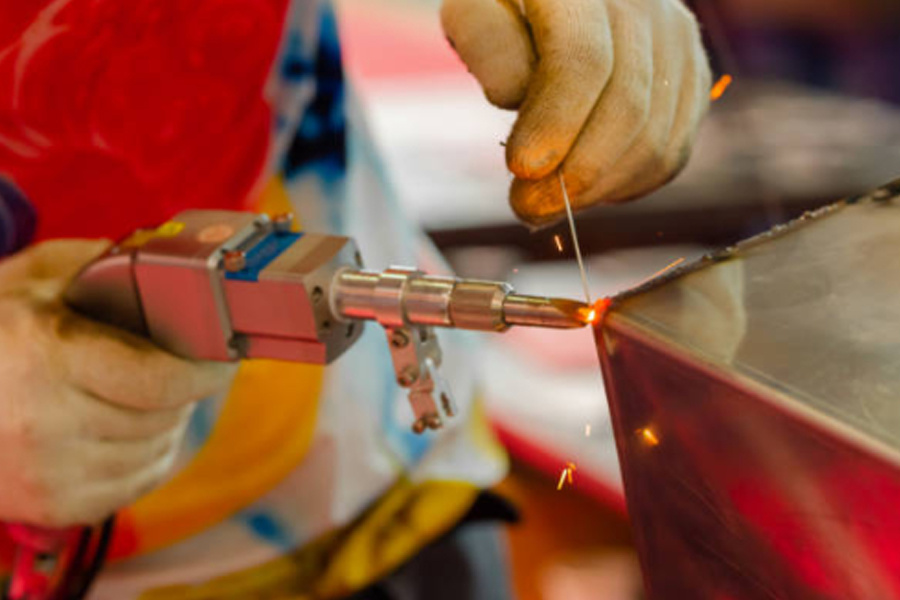Precision Sheet Metal: ±0.05mm Tolerance Control
Release time:
2025-03-25
Precision sheet metal fabrication ensures ±0.05mm accuracy via advanced equipment and optimized processes, enhancing product quality and durability in modern manufacturing.
In modern manufacturing, precision sheet metal fabrication plays a critical role. From electronic device casings to aerospace components, demand for high-precision sheet metal continues to grow. Controlling machining errors within ±0.05mm presents a significant technological challenge. This article explores advanced techniques to achieve this exacting tolerance.
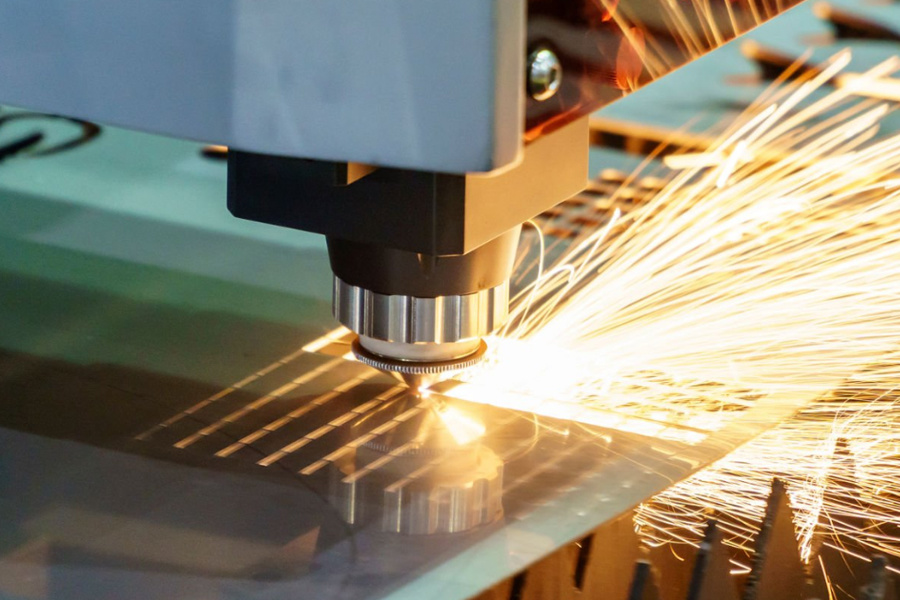
The Significance of Precision Sheet Metal Fabrication
As technology evolves, industries increasingly demand higher product accuracy and quality. Precision sheet metal fabrication, a cornerstone of manufacturing, directly impacts product performance and longevity. For instance, in electronics, precision enclosures protect internal components while ensuring heat dissipation and electromagnetic shielding. In medical equipment, precision parts are vital for patient safety.
Factors Affecting Sheet Metal Machining Tolerance
1. Material Properties
● Different metals exhibit varying hardness, ductility, and thermal expansion coefficients. Materials with high thermal expansion, for example, may deform during cutting or welding due to temperature changes.
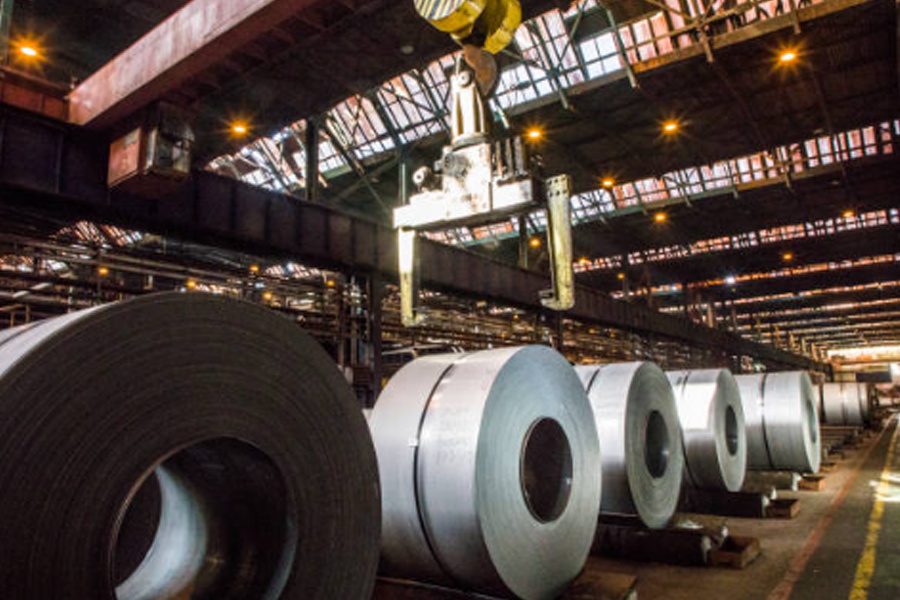
2. Equipment Precision
● Advanced machinery—such as laser cutters and CNC punch presses—is foundational to precision. Equipment wear, aging, or poor maintenance can compromise accuracy.
3. Process Optimization
● Operations like cutting, bending, and welding must be executed flawlessly. Inaccurate bending angles, for instance, can lead to dimensional deviations.
Technical Approaches to ±0.05mm Tolerance Control
1. High-Precision Machinery
● State-of-the-art laser cutters (capable of ±0.03mm accuracy) use optical positioning and motion control systems. CNC punch presses and bending machines ensure precise forming.
2. Process Refinement
● Cutting: Inert gas (e.g., nitrogen) minimizes oxidation and thermal distortion.
● Bending: Calculating bend compensation and using precision dies reduces angular errors.
● Welding: TIG welding and robotic systems ensure consistent, high-quality welds.
3. Real-Time Monitoring & Feedback
● Sensors track parameters like temperature and pressure during machining. Automated adjustments and post-process quality inspections help maintain tight tolerances.
Achieving ±0.05mm precision in sheet metal fabrication requires a holistic approach, integrating material selection, advanced equipment, optimized processes, and real-time monitoring. By adopting these strategies, manufacturers can deliver high-quality components for industries like electronics, medical devices, and aerospace.
FAQ
Q1: Is the cost of achieving ±0.05mm tolerance high?
A: Initial costs for specialized equipment and R&D are significant, but economies of scale and technological advancements reduce long-term expenses.
Q2: Which industries demand the strictest sheet metal tolerances?
A: Electronics, medical, and aerospace sectors require extreme precision for safety and performance.
Q3: Can standard sheet metal equipment achieve ±0.05mm tolerance?
A: No—advanced machinery is typically necessary to meet this level of accuracy.
Key Words




